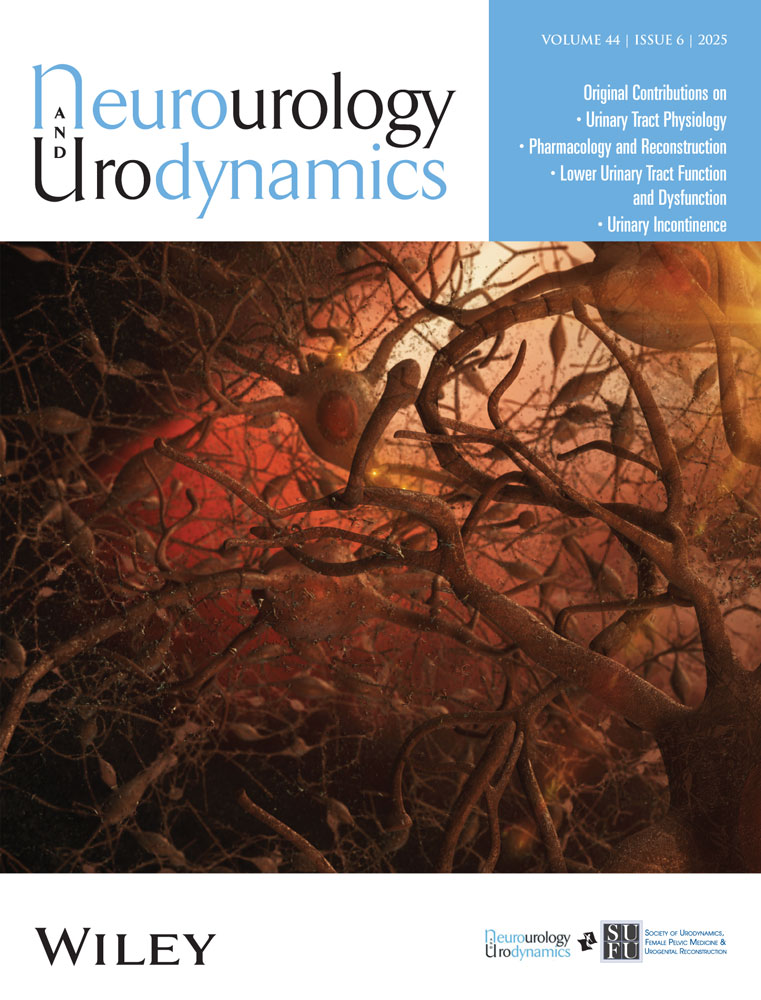Correlates of Nocturia With ≥ 2 Nighttime Voids in Older Adults: Associations With Dry Mouth and Sleep Quality
ABSTRACT
Aims
This study aimed to identify potential predictive factors of nocturia with ≥ 2 nightly voids, with a particular focus on nocturnal polyuria (NP).
Methods
A total of 154 men aged 42–88 years were enrolled. Participants were categorized into two groups based on the number of nighttime voids: Group A (< 2 voids/night, n = 79) and Group B (≥ 2 voids/night, n = 75), including a subgroup with NP (n = 61). All participants completed 3-day frequency-volume charts and self-administered questionnaires assessing oral dryness using a visual analog scale and subjective sleep quality. Multivariable logistic regression analysis was performed to identify predictors of nocturia with ≥ 2 voids.
Results
Compared with Group A, Group B demonstrated significantly lower total scores on the Nocturia-Specific Quality of Life Questionnaire (p < 0.001), higher Overactive Bladder Symptom Scores (OABSS) (p < 0.001), shorter time to first nocturnal void (u-HUS; p < 0.001), greater nocturnal oral dryness (p = 0.004), and poorer subjective sleep quality (p = 0.006). There were no significant differences in the number of medications taken between groups. Among participants with NP, those with ≥ 2 voids exhibited significantly poorer sleep quality (p = 0.007), increased nocturnal oral dryness (p = 0.030), and shorter u-HUS (p < 0.001) compared with those with < 2 voids. Multivariable analysis identified nocturnal oral dryness (p = 0.015), shortened u-HUS (p < 0.001), and elevated OABSS (p = 0.045) as independent predictors of nocturia with ≥ 2 voids.
Conclusions
Increased nocturnal oral dryness and shortened u-HUS are associated with nocturia involving ≥ 2 nighttime voids and may negatively impact quality of life, particularly in patients with NP. These findings highlight the clinical importance of addressing dry mouth as a significant comorbidity in older adults with nocturia.
Conflicts of Interest
The authors declare no conflicts of interest.
Open Research
Data Availability Statement
The data supporting the findings of this study are available from the corresponding author upon reasonable request.




